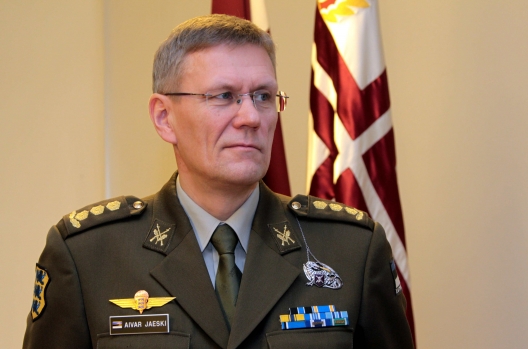 [Aivar] Jaeski [Deputy Director of the NATO Strategic Communications Center of Excellence in Latvia], who also oversaw Nato information operations in Afghanistan and Iraq, described Moscow’s campaign as “a psy-op” which uses “very carefully selected messages for targeted audiences in Ukraine, inside Russia, and in the West”.
[Aivar] Jaeski [Deputy Director of the NATO Strategic Communications Center of Excellence in Latvia], who also oversaw Nato information operations in Afghanistan and Iraq, described Moscow’s campaign as “a psy-op” which uses “very carefully selected messages for targeted audiences in Ukraine, inside Russia, and in the West”.
He said its main tools are false “facts” and images, as well as glorification of Russian military power and political leadership.
He added that “everything we’ve seen so far is driven by the statement made by [Russian leader Vladimir] Putin in 2005, that the ‘greatest geopolitical catastrophe’ of the century was the collapse of the Soviet Union”.
He noted that Russia already used psy-ops in its invasion of Georgia in 2008….
The advance of social media, and its use of images which go viral without any background checks, in the past few years has helped the Russian side.
Fake images, which have been photoshopped or copy-pasted from reports on other war zones or even from movies, purporting to show atrocities committed by the Ukrainin army abound on Twitter, Facebook, or its Russian equiavlent VKontakte….
“If we want to counter Russian propaganda today, not just about Ukraine, but also about the fake accusations they make about Europe, we have to unite our lines and speak with the same voice,” he said, referring to Russian reports of how the EU and US sponsored a “coup” in Kiev, or about human rights abuses, economic meltdowns, and homosexual aberrations inside Europe.
Image: Colonel Aivar Jaeski (photo: NATO Strategic Communications Center of Excellence)
